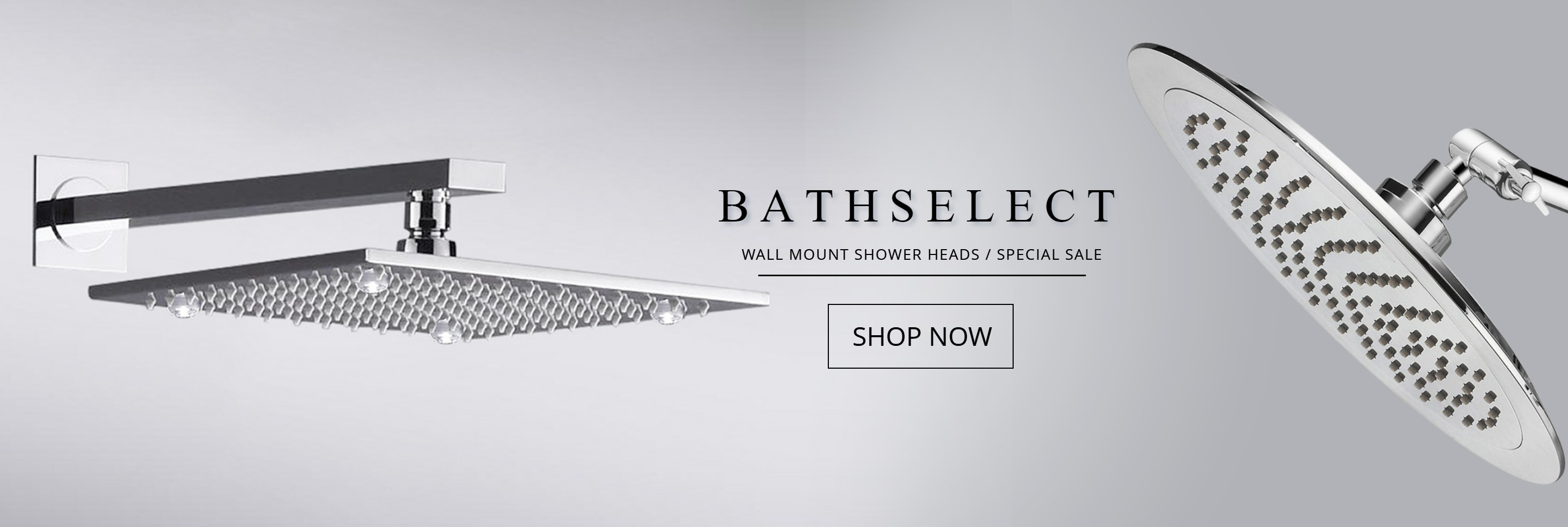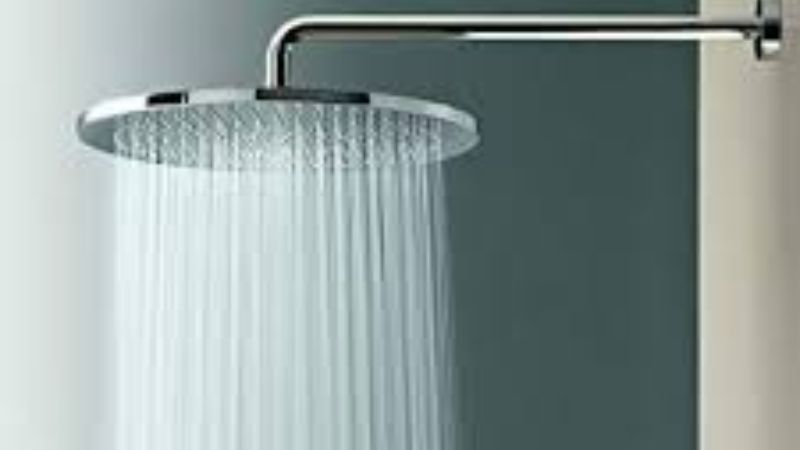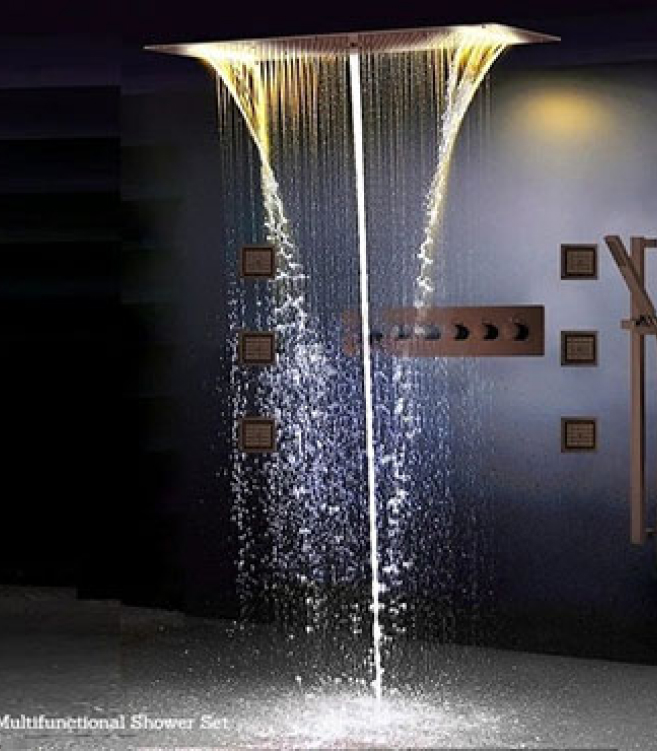Shopping for a New Shower Head
Shopping for a New Shower Head
One of the best luxuries you can provide for yourself is to replace an old, terrible shower head with a new one that makes bathing efficient and pleasurable. Shower heads come in self-pressurizing models, pulsating models, convertible shower heads and water-saving shower heads. The type of shower head you pick will ultimately depend on your taste and wallet. If you don’t have money for professional installation, you have a choice between traditional screw-on shower heads or hand held shower heads. If you’re willing to spend more money, the options are limitless. More innovative shower head designs are coming out every day, so, there’s something out there for everybody. Before going out and just picking one from the many choices at the store take a second to get an idea of what types of shower heads are available so you can get the most from your purchase. There’s the
Rain Shower Head
Installing the Shower Head
Here are the more details for changing an old shower head to the new one. First, remove the old shower head using adjustable pliers. You may want to wrap the jaws of the pliers with tape to prevent them from marring the chrome. Using a rag (and, if necessary, some paint thinner) to remove any old plumber’s putty or Teflon tape left on the threads of the shower stem. With the old shower head removed, you can attach the diverter. It’s important to make sure that the supplied washer is placed in the neck of the diverter according to the directions that come with the kit. Apply some new Teflon tape to the threads of the shower stem to help prevent water leakage. When applying Teflon tape, wrap it in the direction that the fixture will be tightened. If the tape is wrapped in the opposite direction, it may tear when the fixture is installed on the threads, and thus will be ineffective at preventing leaks. With the Teflon tape applied, attach the diverter to the shower stem, and hand-tighten it. Carefully tighten the connection using a wrench if necessary, but avoid over tightening this (or any) plumbing fixture. Making certain that the appropriate washer is installed in the neck of the fixed shower head, attach the head to one neck of the diverter and tighten it down. With the shower head installed, apply Teflon tape to the other neck of the diverter. Attach the hose-extender attachment – with the hand-held shower attachment – to the free neck of the diverter. An attachment that fastens to the shower stem holds the hand-held attachment when it’s not in use, and allows it to be positioned as a secondary fixed head.





